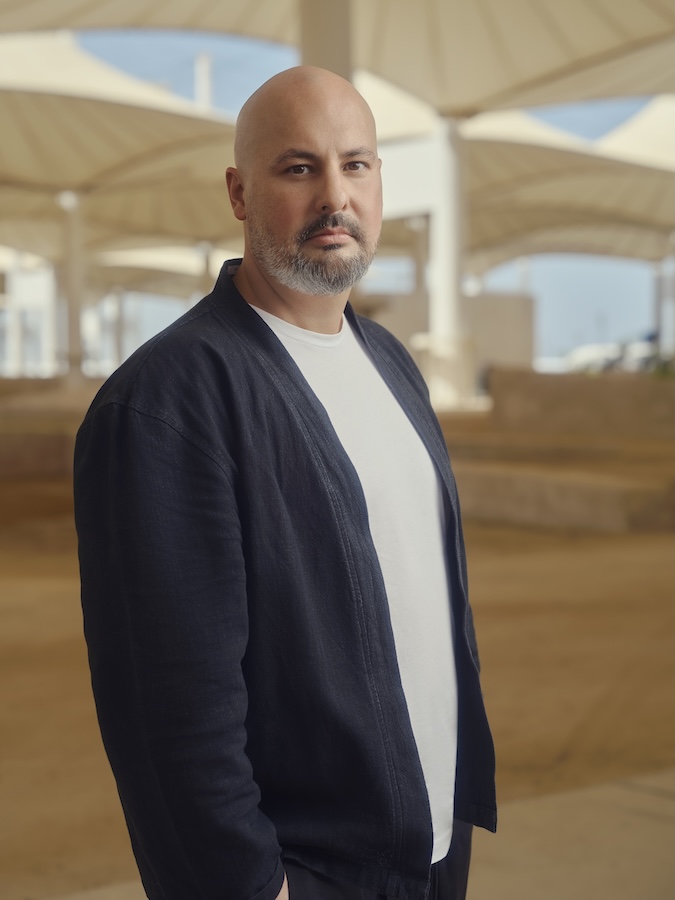DUBAI: Set to run until Feb. 22, Dubai’s ICD Brookfield Place is playing host to an exhibition that explores the sense of wonder that accompanies being in awe.
“The Sublime Nature of Being,” a collaboration with ICD Brookfield Arts program, is curated by Ambika Hinduja Macker, who brought together the work of 15 international artists to lead visitors on a journey through moments of awe and reverence inspired by the grandeur of nature.
“The sublime is an overwhelming sense of wonder, a feeling that transcends words and logic, pulling us into a moment of pure awe and connection. It’s what happens when we encounter something so profound, so vast, that it stirs both our soul and our senses, leaving us simultaneously humbled and uplifted. ‘The Sublime Nature of Being’ is my attempt to offer a tangible glimpse of this elusive feeling,” Macker told Arab News.
Is it a reimagining of her 2022 immersive art experience of the same name and the curator — who is the founder and creative director of art and design firm Impeccable Imagination — describes the experience as an alchemic sonic environment, one that “blends ancient techniques of sound healing with cutting-edge technologies to create an immersive soundscape rooted in reflection and renewal.”
Specially commissioned artists include US contemporary artist Jacob Hashimoto, French designer Mathieu Lehanneur, Belgian sculptor and contemporary artist Fred Eerdekensm Lebanese multi-disciplinary artist Nadim Karam and Brazilian artist Janaina Mello, among others.
“As a curator, my role is to weave these diverse expressions into a cohesive yet ephemeral narrative, creating an environment where materials, mediums, and artistic visions engage in dialogue with one another,” Macker explained.
The exhibition features a celebration of the five elements — “water, fire, earth, air, and spirit permeate the venue, each with its own curated space and featured works, all within a larger, interconnected environment,” the curator noted.
Works include several sculptures by Lebanese artist Karam, including “Silent Thinker” (2024), a polished stainless steel piece.
“(Karam) has developed a distinctive artistic language rooted in memory, space, and collective identity,” Macker explained. “His work embodies profound, ongoing reflections on societal diversity and pressing global issues, yet he seamlessly juxtaposes these important themes with playful, even absurdist, touches.”
A short walk away is “The Aquifer” (2024) by Hashimoto, a wall-hanging work featuring bamboo, acrylic, paper, wood and dacron.
Colourful, pattern-printed discs are suspended by wire between pegs in the mesmerizing work that is just one of the many emotive pieces on show.
Despite the effort involved in bringing together 15 artists, Macker says the most challenging aspect of bringing “The Sublime Nature of Being” to fruition “was transforming a vibrant public hub without disrupting its accessibility or the daily rhythms of those who frequent it.”






























